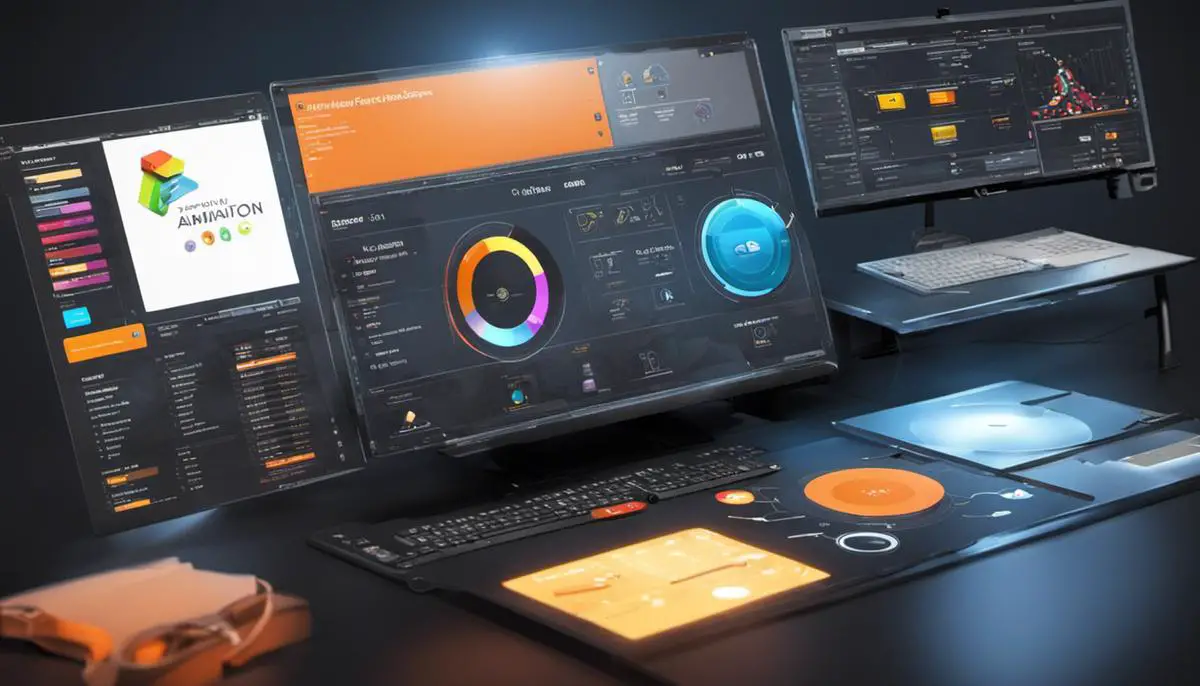In an era marked by advancing technology and growing ingenuity, not many fields have grown as exponentially or have been as captivating as 3D animation. The ability to breathe life into characters and environments using digital tools is nothing short of magic, and indeed, the art of 3D animation is an intricate dance between the realms of science and art, reality and imagination.
Herein we plunge into this engaging world, breaking down the veils around its enigmatic allure, diving into the basics of 3D animation, understanding the vital software and tools that bring the imaginary to life, unraveling the detailed process behind the creation of a 3D animation, and seeing how this technology is woven into various industries.
The Basics of 3D Animation
Definition and Distinction from 2D Animation
3D animation refers to the creation of moving images in a three-dimensional digital environment. The depth and solidity provided by the third dimension adds a layer of realism that is not possible with 2D animation. Unlike its 2D counterpart, which operates on the X and Y axes (height and width), 3D animation operates on all three axes (height, width, and depth). The characters and objects in a 3D animation exist in an artificially created 3D space and can be rotated and moved like real objects.
3D Animation Techniques: Rigging, Skinning, and Modeling
Creating a 3D animation involves several techniques, including rigging, skinning, and modeling. Rigging is the process of creating a ‘skeleton’ for a 3D model, which controls the model’s movements. Riggers assign controls to every part of the model that needs to be animated, such as limbs or facial features in a character model.
Skinning, also known as enveloping, is the process of assigning the flesh, muscles, and clothing to the rigged skeleton. The skin deforms and moves in accordance with the skeleton’s movements, creating a realistic animation of natural motion.
Modeling is the first and one of the most crucial steps in 3D animation. It involves creating 3D objects within a scene. There are two primary methods: primitive modeling, which uses simple geometric shapes as building blocks, and sculpt modeling, which allows for more complex and intricate models.
Exploring the Journey and Progression of 3D Animation
3D animation began carving its niche in the broader public consciousness towards the late stages of the 20th century as films and games started leveraging its unique capabilities. The maiden full-length 3D animated movie, “Toy Story,” was brought to life by Pixar in 1995, marking a seminal point in 3D animation history. The subsequent years witnessed an explosive progression in the capacities and allure of 3D animation.
Through the passage of time, the potential of 3D animation has dramatically expanded, both in the realms of realism it can depict and the expediency of creating animations. Currently, the 3D animation software landscape is highly diverse, encompassing high-end solutions used in cinematic and television production to more user-friendly alternatives suitable for beginners and enthusiasts. The strides made in the 3D animation arena have democratized its usage, appealing to creators across varied sectors such as entertainment, advertising, and video gaming.
The evolution of 3D animation doesn’t stop, as new techniques and technologies keep materializing. Advanced and realistic representations in 3D animation are now possible due to advancements like motion capture technology, which equips animators with the power to capture and digitize movements of actors or objects from the real world. With technologies like virtual reality (VR) and augmented reality (AR) on the horizon, the future of 3D animation is set to unravel unprecedented vistas for visual storytelling and communication.
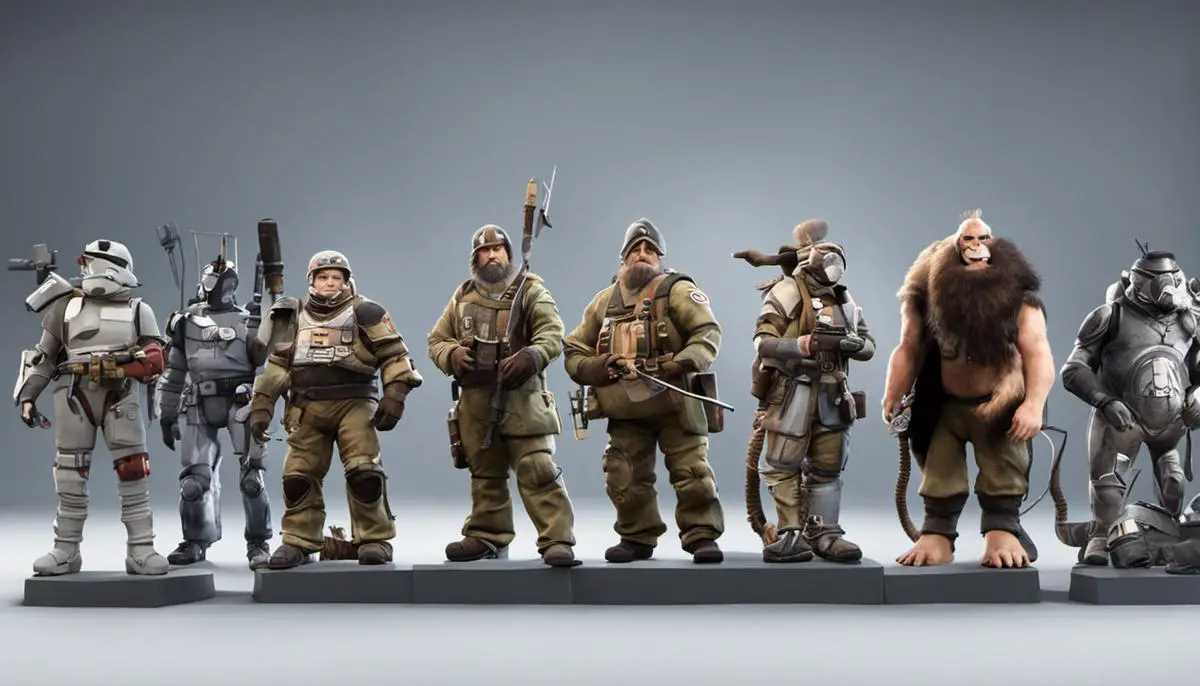
Software and Tools Used in 3D Animation
Delving Into the World of 3D Animation Software
In the sphere of 3D animation creation, efficient and advanced software platforms hold vital importance. These tools encompass a broad gamut of functionalities such as modeling, rigging, animation, simulation, rendering, compositing, and motion tracking, to name a few. Leaders in the 3D animation software industry include Maya, Blender, and 3D Studio Max. Each software presents unique features and inherent strengths along with weaknesses. Experienced professionals often handpick their preferred software based on the needs of a specific project and their individual workflow inclinations.
Maya: High-end Tool for Professional Studios
Maya, developed by Autodesk, is an industry-leading 3D computer animation software. Popular for its highly sophisticated animation and modeling features, Maya is favored among large animation studios and film production companies. The software offers a comprehensive toolkit for 3D creation, with immense flexibility and customization. However, Maya’s complexity, steep learning curve, and high cost—due to licensing fees—can be limiting factors for independent artists and small studios.
Blender: Open-Source Option with A Broad Scope
Blender is an open-source 3D creation suite that supports all facets of the 3D pipeline—modeling, rigging, animation, simulation, rendering, compositing, and motion tracking. Given that it is free, and has a highly engaged user community that constantly develops new add-ons and improvements, Blender is an attractive option for independent artists and small studios. However, its unconventional user interface may be off-putting to some artists who are accustomed to other 3D software.
3D Studio Max: A Versatile Software Strong in Modeling
Another offering from Autodesk, 3D Studio Max, or 3ds Max, is renowned for its robust modeling capabilities, making it a popular choice for creators who focus on creating complex 3D models and architectural visualizations. The software also supports animation, rendering, and compositing. Yet, similar to Maya, 3ds Max comes with a steep learning curve and high costs, which may deter emerging and independent artists.
Transitioning Through These Tools
Transitioning from one software to another involves learning new workflows and interfaces, which can initially reduce productivity. Yet, having a familiarity with more than one platform greatly enhances an artist’s versatility and employability. To do so, artists can leverage an array of learning resources available, including YouTube tutorials, online program-specific courses, and hands-on experimentation with the software. Even though each software has a different UI and controls, the foundational principles of 3D animation remain the same across all platforms.
Among the plethora of 3D animation software available in the market, each one brings a unique set of capabilities; examples include Maya, Blender, and 3D Studio Max. Your choice of tool would hinge greatly on factors such as the specific requirements of your project, your budget, and your expertise and personal inclinations. Regardless of the software you end up selecting, it is essential to understand that mastery in 3D animation requires you to gauge both its artistic and technical facets. Moreover, a significant amount of time needs to be invested in practice, along with a good amount of patience.
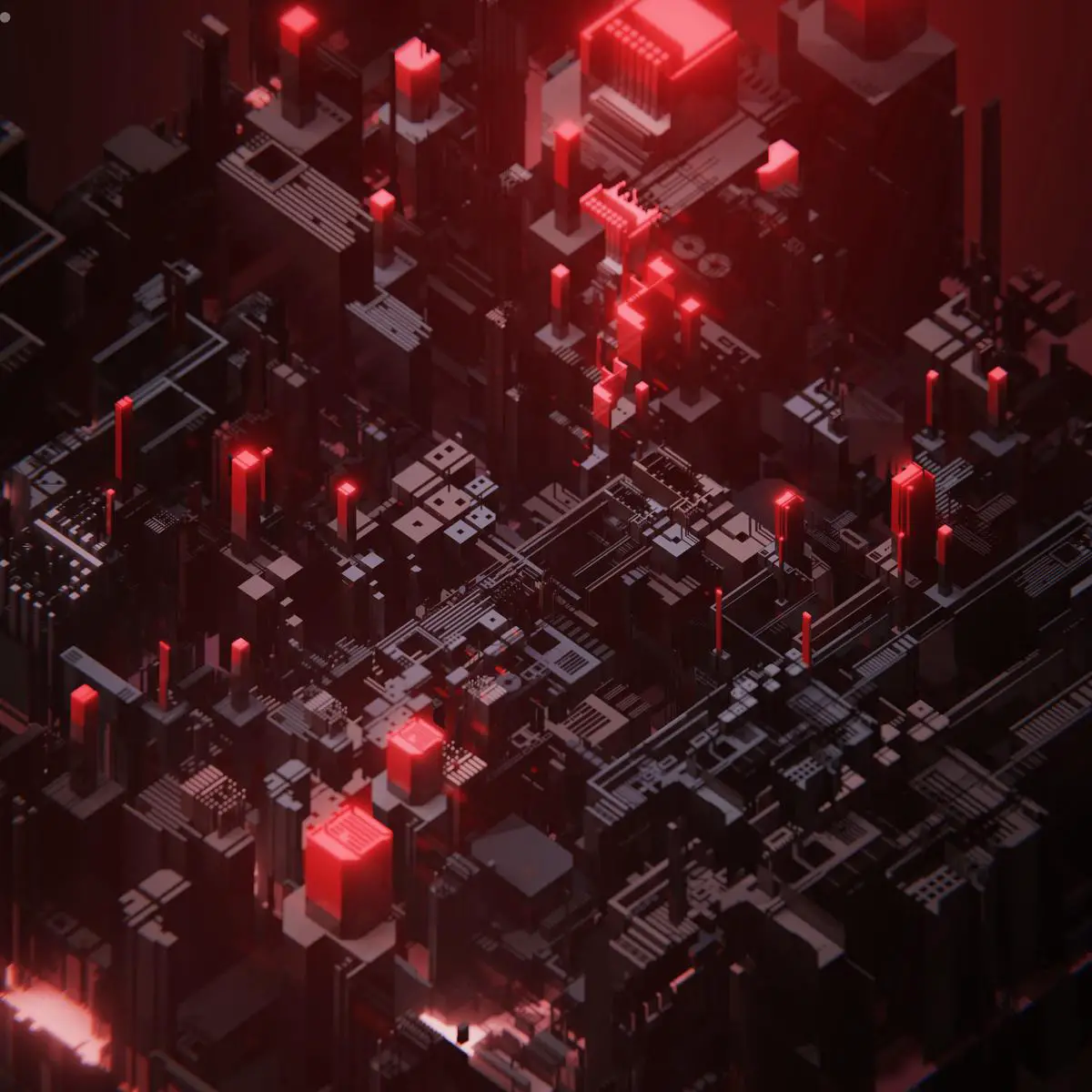
The Production Process of a 3D Animation
The Role of Concept Art in 3D Animation Production
Concept art serves as the blueprint for the animation, presenting the initial idea and visual sparks that will shape the final piece. This manifest through sketches, digital designs, and illustrations that dictate the animation’s tone, color spectrum, and world. At this stage, the story’s elements – characters, backdrops, props, and situations – get their first visual form. It typically calls for a great deal of collaboration between directors, producers, and artists to ensure that the concept adheres to the grand vision of the project.
Storyboarding and Creating Animatics
Storyboarding translates the written script into a visual narration. Artists sketch out key scenes and actions sequence by sequence. The storyboard guides artists, animators, and technicians by determining the timing of each scene, the placement and movement of characters, and camera angles.
Often, storyboards are turned into animatics. Animatics are rough cuts of the animation with simple sketches or images, accompanied by voice-overs, sound effects, and basic timing cues. These are used to test the pacing and narrative coherence of the storyboard.
3D Modeling of Characters and Environments
3D modeling is the next step, whereby artists create the physical form of the characters, props and environment in a 3D space. They sculpt characters by shaping and manipulating geometric surfaces until they match the concept designs. In addition to characters, 3D modeling is used to create environments, structures, and any three dimensional objects that appear in the animation.
Texturing: Bringing Color and Realism to 3D Models
Texturing is the process of applying colors, patterns, and textures to the 3D models to make them look realistic or stylistically consistent depending on the vision of the animation. This process often involves UV mapping, where a 2D image is ‘wrapped’ around a 3D model. Texture artists work to create detailed, seamless textures that give the models personality and depth.
Rigging: Preparing for Animation
Rigging involves setting up a system of ‘bones’ and ‘joints’ within a 3D model, which enable the characters to move. Rigging allows animators to control a character’s movements, expressions, and postures. Different types of rigs are used for different object types – from simple mechanical rigs for hard objects like a car, to complex skeletal rigs for animate objects like a humanoid character.
Animation: Bringing the Characters to Life
The animation process involves manipulating the rigs to make characters and objects move. Animators build smooth, dynamic movements by carefully setting up keyframes to define how objects change and move over time. They must have a good understanding of timing, motion, and real-world physics to create believable animations.
Lighting: Setting the Mood and Scene Details
Lighting artists in 3D animation use virtual lights to illuminate scenes, creating depth, mood, and visual interest. They consider how different light sources, like point lights, spotlights, or ambient lights, interact with each other and the 3D models to mimic natural lighting.
Rendering: Creating Final Images
Rendering transforms all previous efforts into the final images or footage. It’s a computer process that calculates light interactions, textures, movements, and other visual effects to create detailed, photorealistic, or stylized scenes. It’s highly computation-heavy and could take several hours or even days for complex scenes.
Compositing and Post-Production
Compositing is the final stage of 3D animation production. Compositors compile the rendered sequences and visual elements, combining them with any 2D effects or external footage. They also adjust color balancing, add filters, and apply any other visual modifications needed to finalize the scene’s overall visual aesthetic.
Conclusion
3D animation is a complex process that involves the collaborative efforts of many professionals. Each individual, whether they are concept artists, storyboard artists, 3D modelers, texture artists, riggers, animators, lighting artists, rendering engineers, or compositors, contributes their skills to shape the final product of a 3D animation piece. This collaborative endeavor results in stunning and immersive animated experiences.
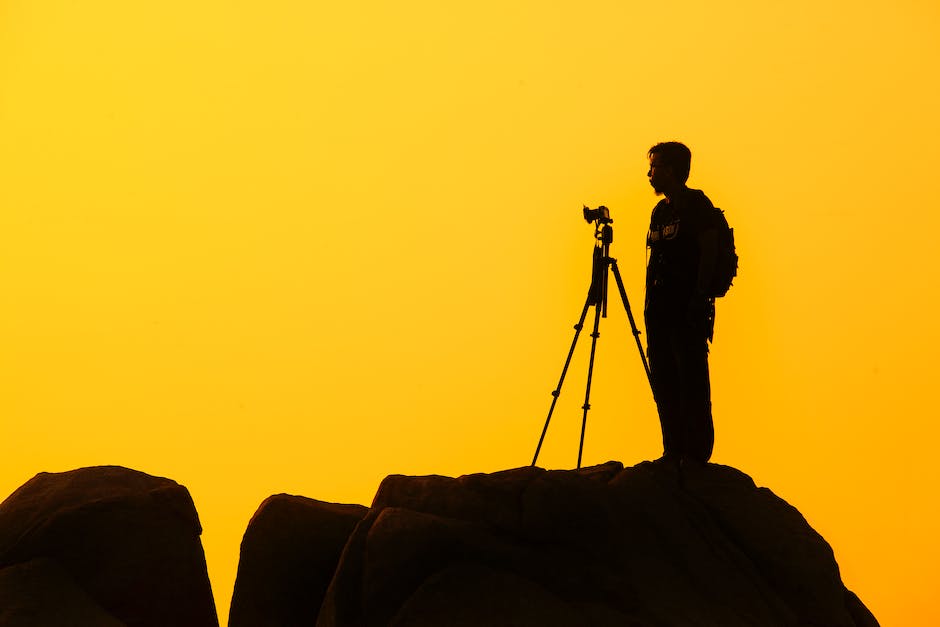
3D Animation in Various Industries
Impacts of 3D Animation in the Entertainment Sphere
3D animation has drastically transformed the entertainment industry, particularly in the fields of film and video games. Studios such as Pixar and DreamWorks are renowned for producing intricate 3D animated movies that captivate audiences of all ages. The adoption of 3D animation enhances detail and flexibility, thereby amplifying the visual impact of blockbuster films. Moreover, video games extensively use 3D animation to craft immersive and aesthetically pleasing environments. Titles like The Legend of Zelda: Breath of the Wild and Horizon Zero Dawn demonstrate the capabilities of 3D animation in creating realistic and engaging gaming experiences.
Advertising Utilizes 3D Animation
In the advertising industry, 3D animation is used to create captivating and appealing visuals to promote products or services. It can make advertisements more interactive and appealing to potential customers, especially in digital and social media marketing. The use of 3D animation also allows for more creativity and versatility in advertising campaigns, as it can create visuals and scenarios that would be difficult or impossible to achieve with traditional filming techniques.
Education and 3D Animation
Educational institutions and entities also utilize 3D animation to enhance learning experiences. It can animate complex concepts or ideas, making them easier to understand and more engaging for students. For example, 3D animation can be used to visualize scientific or mathematical concepts, history events, or to simulate various scenarios for problem-solving and critical thinking exercises. Several educational software and applications deploy 3D animation for interactive learning.
Medical Field and 3D Animation
In the medical field, 3D animation has proven invaluable. It is used for training, education, and patient communication. For example, it can provide detailed visualizations of complex biological processes and the mechanisms of diseases. 3D animation can also give an inside view of the human body, providing medical practitioners with an advanced understanding that traditional methods may not provide. Furthermore, it assists in better patient communication by helping explain sophisticated medical procedures or conditions more understandably.
3D Animation and Architecture
Architecture utilizes 3D animation for visualization and planning purposes. It provides architects and clients with an accurate view of how the finished structure or space will look. This can save time and costs in the construction process by identifying potential issues or changes needed in the design phase. 3D animated walkthroughs can transport clients inside the proposed design, providing an immersive experience of their future home or workspace.
In Summary
Given its far-reaching influence across industries like film, education, medical, advertising, and architecture, it’s clear that 3D animation plays a crucial part in our modern world. It’s more than just a tool for visual innovation; it’s also a medium for breaking down complex concepts, promoting products or services, assisting in architectural design, and enriching educational experiences. As such, 3D animation remains a driving force for progress and innovation within these fields.
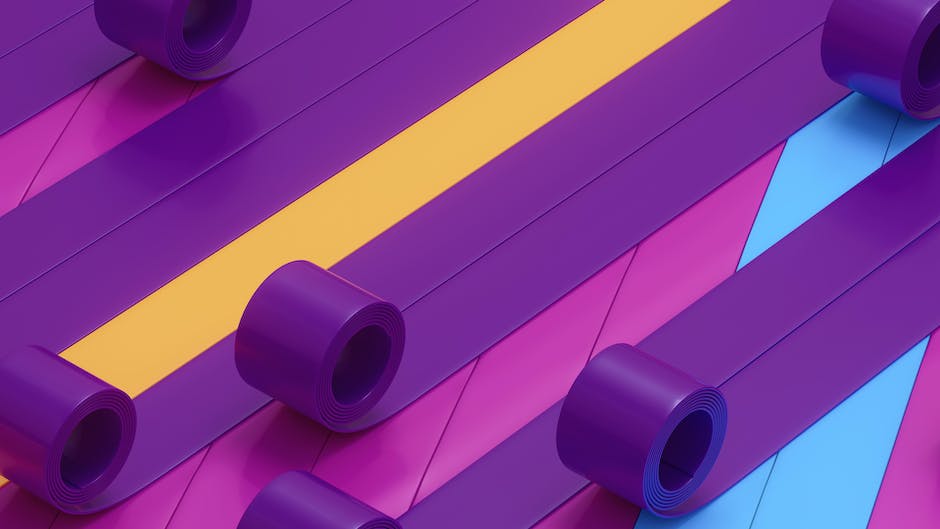
The Future of 3D Animation
Technological Advances: Steering the Future of 3D Animation
Emerging technologies like Virtual Reality (VR), Augmented Reality (AR), and Artificial Intelligence (AI) are at the forefront in determining the future of 3D animation. With VR fabricating fully-engrossing realities, AR superimposing digital details into our physical world, and AI propelling animation to new heights, the landscape is rapidly evolving.
VR technology enhances the 3D animation experience by pulling viewers into an entirely new world. By providing a hyper-realistic, interactive environment, filmmakers and game designers are leading audiences beyond the boundaries of a traditional two-dimensional screen. Whether you’re drawing viewers into an animated film, engaging them in a video game, or would like to offer them a virtual tour of a historical locale, VR’s applications are manifold.
AR, on the other hand, seamlessly integrates digital information with the user’s real-world settings. If you’ve ever encountered Pokemon Go’s digital creatures through your smartphone camera, that’s AR in action. The potential here for 3D animators is enormous as it enables them to develop models and animations that interact with and enhance real-world conditions, adding another layer of engagement.
In terms of AI, this tech is revolutionizing 3D animation through its learning and automation capabilities. By automating laborious tasks and learning on-the-go from inputs, AI can streamline the production process, saving time and enhancing efficiency. For example, AI can handle animating background characters or perfect lip-syncing, thus taking a weight off an animator’s shoulders. With machine learning, AI can even absorb the creative styles of different animators and apply it to their creations, broadening stylistic possibilities.
Challenges and Solutions: The Path Ahead in 3D Animation
Despite these advancements, the 3D animation industry will face many obstacles in the future. The complexity, cost and time associated with 3D animation creation is a major challenge. As animation becomes more sophisticated, it requires more resources—not just a higher budget for advanced software and craftsmanship, but also more time to create and fine-tune every tiny detail.
Smart AI integration could help overcome many of these challenges. With its capability to automate certain tasks, AI can lessen the workload of animators and make the creative pipeline more efficient. Besides, advancements in cloud technologies and decentralized networks could provide a more affordable solution to high computing power needs.
Another challenge is the issue of creating realistic animations without entering the ‘uncanny valley’—the concept where characters are close to real but just off enough to feel strange or unsettling to viewers. The solution lies in both technology and storytelling. While advancements in rendering, lighting, and modeling are helping make figures look real, it’s the skilled art of storytelling that brings them to life.
In addition, new tools are being developed that allows animators to manipulate 3D characters with hand gestures, getting instant feedback and speeding up the animation process. Collaborative VR tools also allow multiple designers to work in the same virtual space, regardless of physical locations, breaking the barriers of collaboration.
Overall, the future of 3D animation looks to be a thrilling combination of art and technology, creativity and automation, imagination and reality. It’s an evolving field where the possibilities and potential intricacies seem boundless. As technology continues to advance, the world of 3D animation will continue to reinvent itself, captivating audiences in entirely new ways.

Over the years, 3D animation has ceaselessly shown that it is an essential tool in driving innovation and creativity across a broad spectrum of industries. With the constant evolution of technology, perspectives in this realm are broadening, pushing the envelope in ways we could only once dream of. As we gaze into the future of 3D animation, we grapple with the burgeoning possibilities of virtual reality, augmented reality, and artificial intelligence, and ready ourselves to tackle challenges looming over the horizon. One can only await with bated breath to see how this ingenious art form will flourish in the years to come and continue its tangible impact across the globe on an even grander scale.
BEGIN LEARNING AND DEVELOPING WITH OUR BLENDER VIDEO SCHOOL!!
Check out our course library if you are looking for a systematic and effective way to improve your skills as a 3D artist. Click Here To Learn Blender The Right Way!
